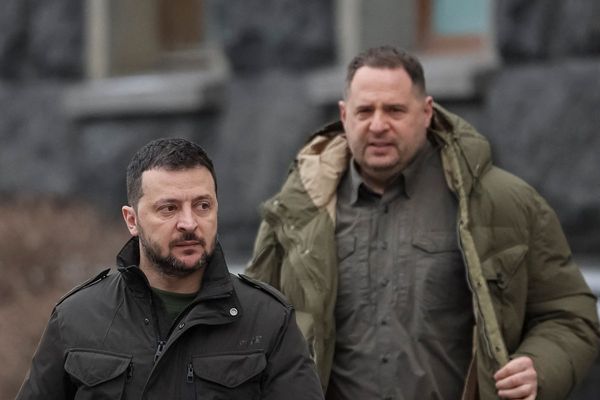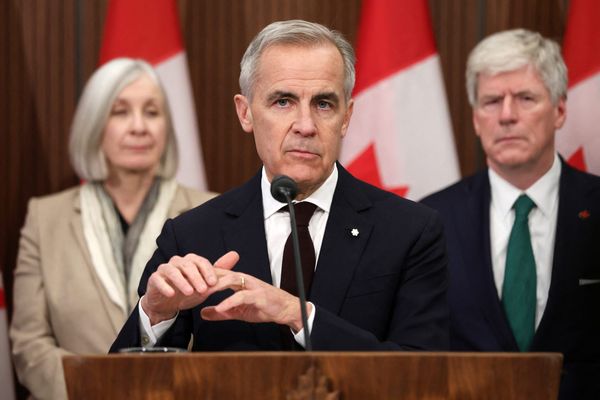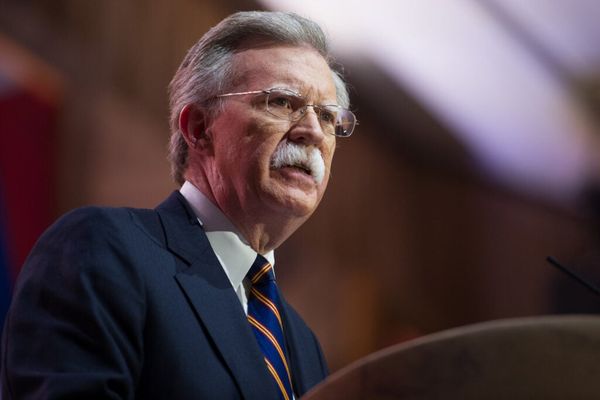
There’s no such thing as an easy film production. Movies – especially blockbusters – are mammoth undertakings that involve many moving parts and contributing factors. And for a production to come together, these factors – including the creative vision of filmmakers, actors, and studios – must align. It’s little wonder that so many of these projects languish in “development hell” for years on end.
That said, not every production is so tough that the director cuts their losses and walks away. But it does happen. And it seems to have happened more frequently in recent years, as studios prioritise franchise blockbusters built on moneymaking formulas that seem to curb originality and stifle creative freedom.
As you’ll read below, numerous directors have left major productions – some in the early stages, others at the last minute – over so-called “creative differences”. Here are 15 times when a director walked away from a blockbuster.
15. Edgar Wright – Ant-Man (2015)
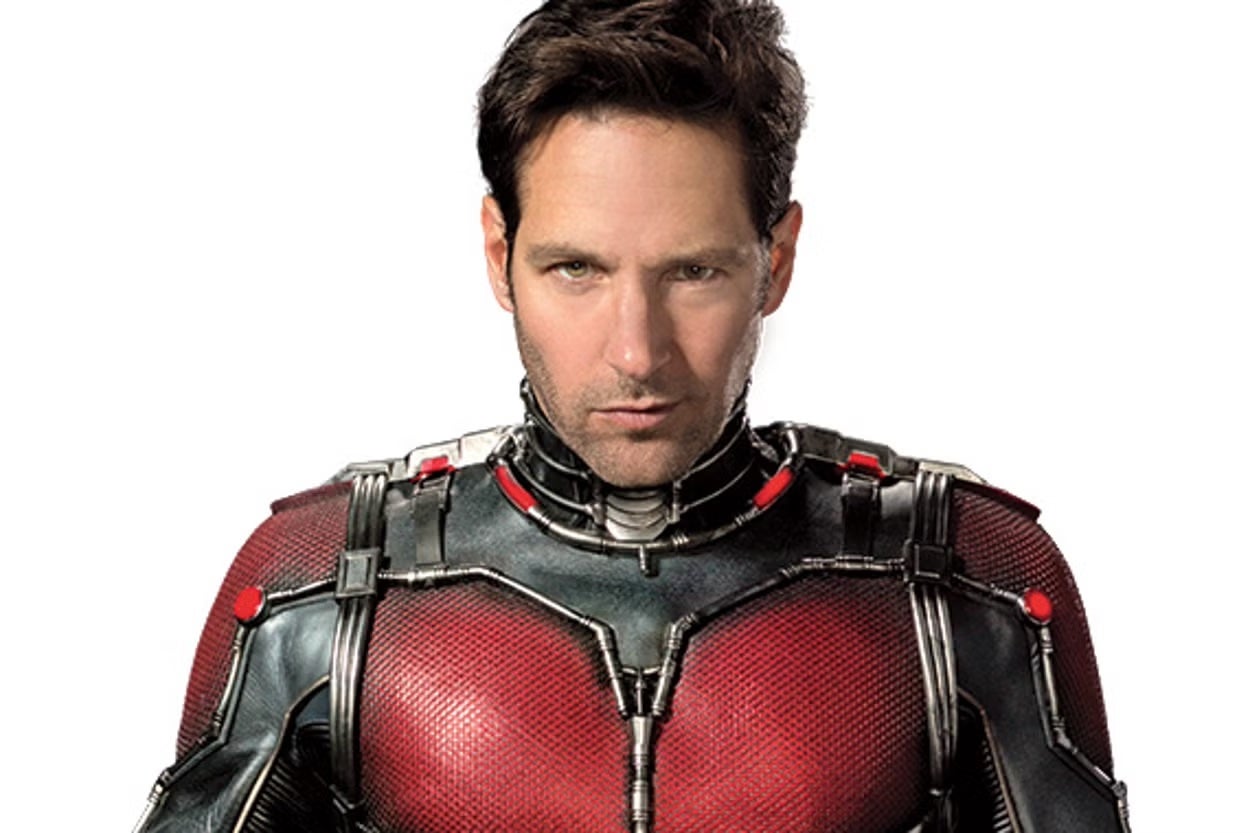
It is – to use a Marvel term – the greatest “what if?” in the MCU: Ant-Man as directed by British geekdom’s favourite filmmaker, Edgar Wright, from a script by Wright and Joe Cornish. Wright and Cornish had been developing an Ant-Man project since before the MCU existed, with Wright showing test footage to fans at the San Diego Comic-Con in 2012. But Wright departed the film after Marvel pursued a script draft without him. “I wanted to make a Marvel movie, but I don’t think they really wanted to make an Edgar Wright movie,” he later said, adding: “Suddenly becoming a director-for-hire on it, you’re sort of less emotionally invested and you start to wonder why you’re there, really.”
14. Justin Lin – Fast X (2023)

With Lin at the wheel, the F&F series evolved from cash-in sequels to blockbuster success. Only a week into production on the 10th instalment, though, the director hit the brakes. There were reports of script problems, location changes, and a clash with longtime star Vin Diesel, who had allegedly turned up late and didn’t know his lines. Lin was reported to have said, “This movie is not worth my mental health.” Lin was too diplomatic to openly slate anyone, but seemed to confirm the drama when he told the Happy Sad Confused podcast, “I’m just kind of bummed it had to get out in the public.” Louis Leterrier replaced Lin in the driver’s seat.
13. Tim Miller – Deadpool 2 (2018)

Despite being the OG Deadpool director – integral to making the character a surprisingly successful, self-aware, potty-mouthed outlier in the world of superhero movies – Miller left the sequel during the development stage. He disagreed with star Ryan Reynolds over the film’s direction, with the studio-backed Reynolds having increased creative control the second time round. Miller’s departure was described as “amicable”, but there were reports of a rift with Reynolds. The biggest shame is that we never got to see Miller’s proposed cameo smackdown: a climactic fight between X-Men villain Juggernaut and TheFantastic Four’s The Thing.
12. Danny Boyle – No Time to Die (2021)
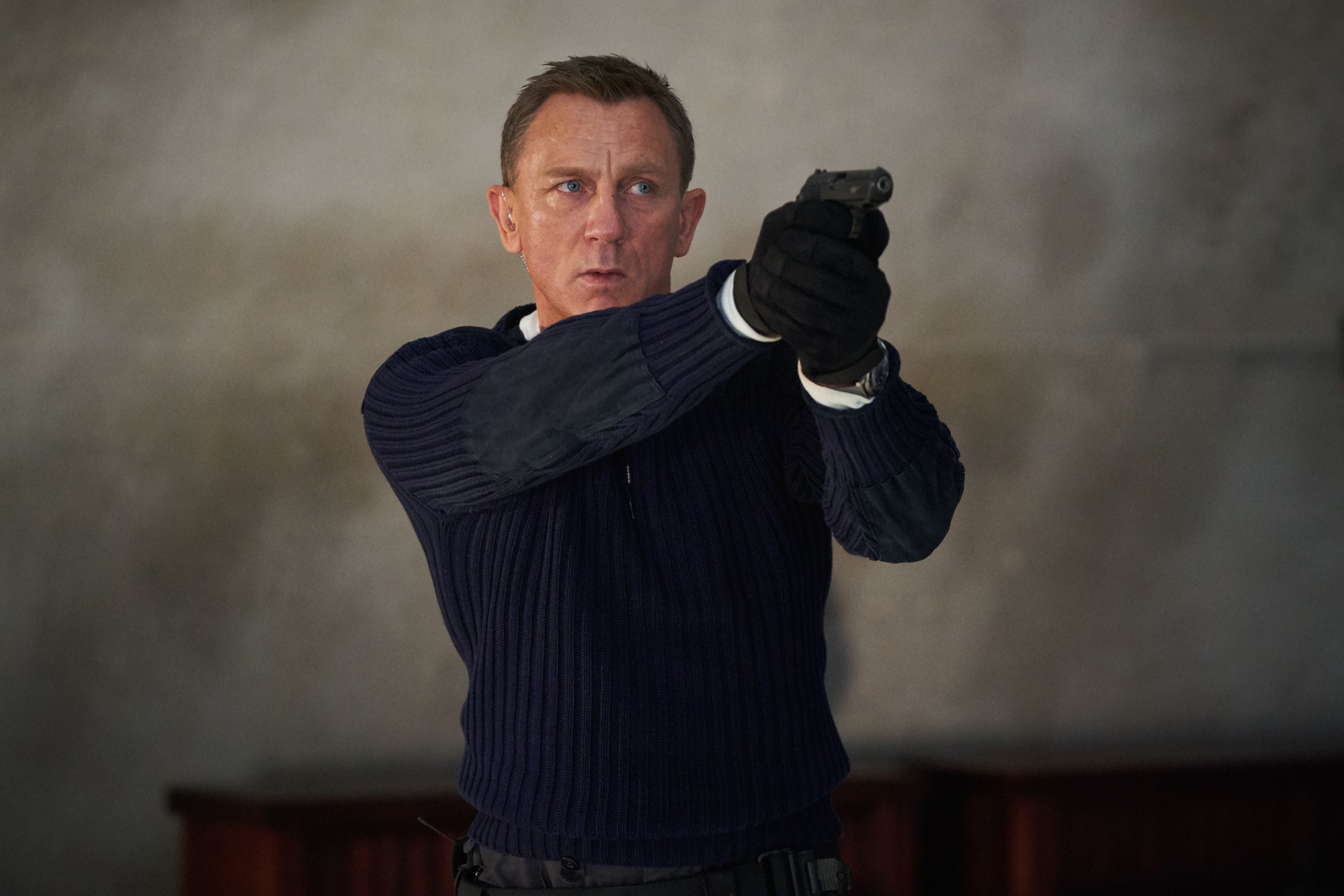
When Boyle signed on to direct Bond 25, with a script from Trainspotting writing partner Danny Hodge, it seemed as though he’d been handed an unusual amount of creative freedom for 007 – a franchise that tends to stick to a specific formula tightly guarded by its longtime (and now former) producers. It was to little surprise when Boyle left the film over creative differences, which delayed its release – though not as much as Covid did. “I work in partnership with writers and I am not prepared to break it up,” Boyle told Empire. “We were working very, very well, but they didn’t want to go down that route with us. So, we decided to part company.” Cary Fukunaga took over from Boyle.
11. Cary Fukunaga – IT (2017)
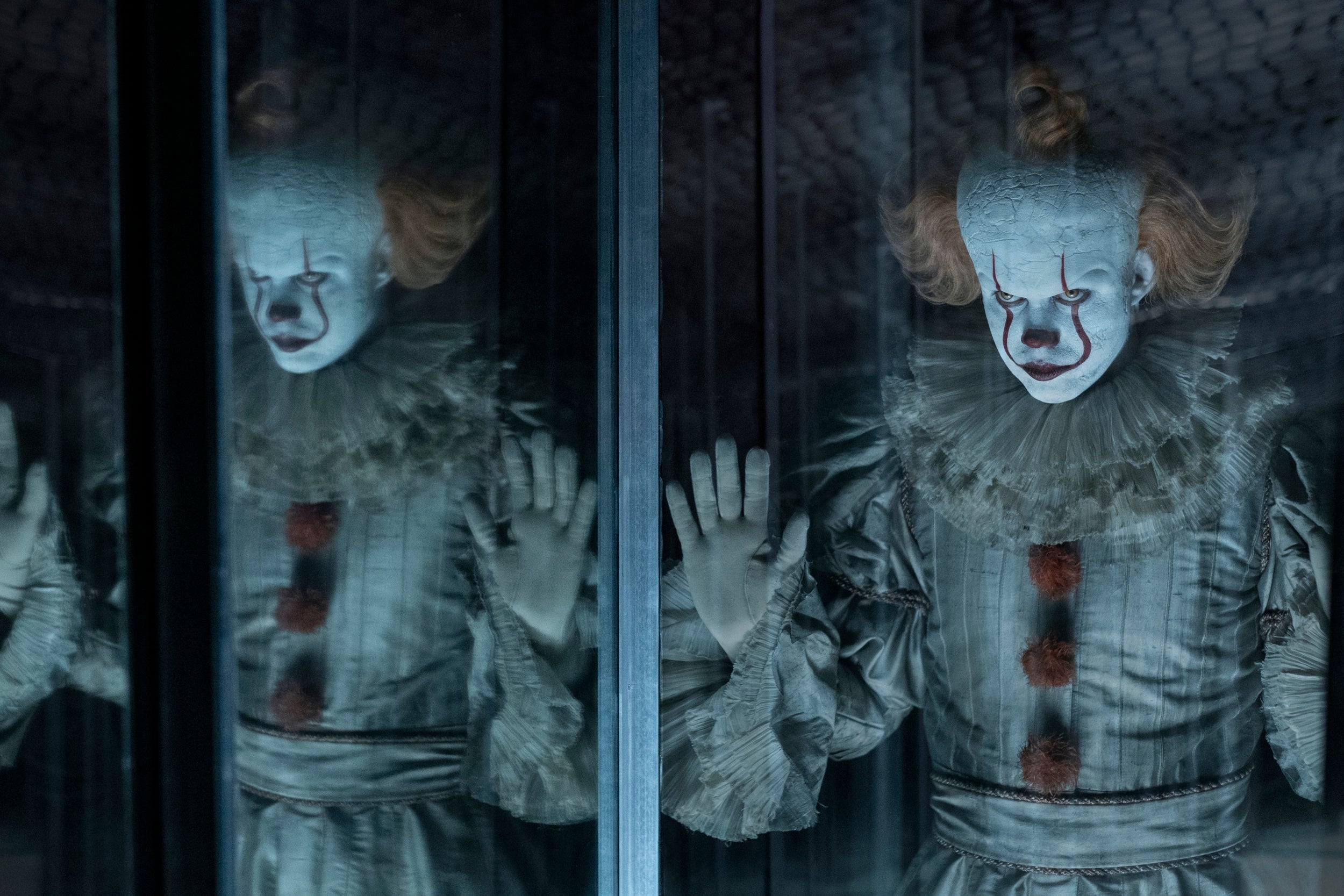
Before No Time to Die, Fukunaga developed the two-part Stephen King adaptation with co-writer Chase Palmer for three years, casting Will Poulter as Pennywise the clown. Fukunaga dropped out weeks before production was set to begin amid rumours of a studio clash. He later said that he was trying to make “an unconventional horror film” as opposed to the formulaic vision the studio was after, the kind that is engineered to make a return on the budget. “They didn’t want any characters. They wanted archetypes and scares,” he told Variety. Fukunaga was glad they rewrote the script for Andy Muschietti’s finished version (starring Bill Skarsgård as Pennywise) because there had been so much of his and Palmer’s childhood in there.
10. Stephen Chow – The Green Hornet (2011)
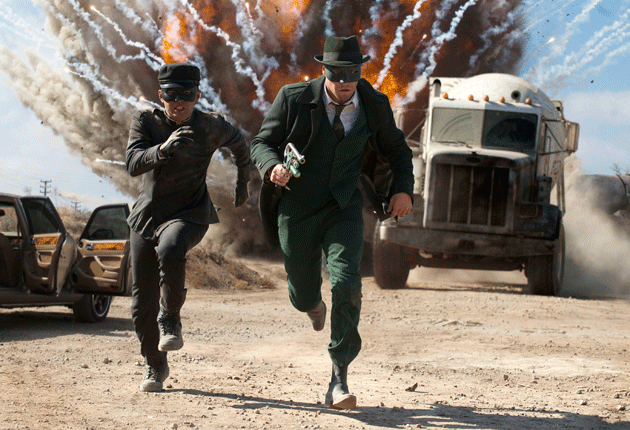
This Seth Rogen masked hero adventure was an all-round disappointment, following almost two decades of development. As it was finally getting off the ground, Kung Fu Hustle director Chow was in line to both direct and co-star as sidekick Kato (a character previously played by Bruce Lee). Chow dropped out as director but planned to still play Kato, until a scheduling conflict forced him to walk away altogether. Jay Chou took on the role of Kato, with Michel Gondry stepping in as director. Co-writer Evan Goldberg later confirmed that their vision of the film differed “drastically” from what Chow had wanted to do with the movie – which probably would have been better than what we got.
9. David Fincher – Mission: Impossible III (2006)

Fincher might seem an unusual choice for an M:I adventure, but it’s worth remembering that the franchise wasn’t always hooked on mega-stunts; the first film, directed by Brian De Palma, was more of a twisty thriller. Fincher commented that they had a “really cool idea, really violent” for M:I III – but also that he was prepared to make compromises. “If [the studio bosses] let us do even half of what we want, it should make for a pretty interesting film,” he said. Alas, it was mission: aborted during development. “I think the problem with third movies is the people who are financing them are experts on how they should be made and what they should be,” said Fincher.
8. Joe Carnahan – Mission: Impossible III (2006)
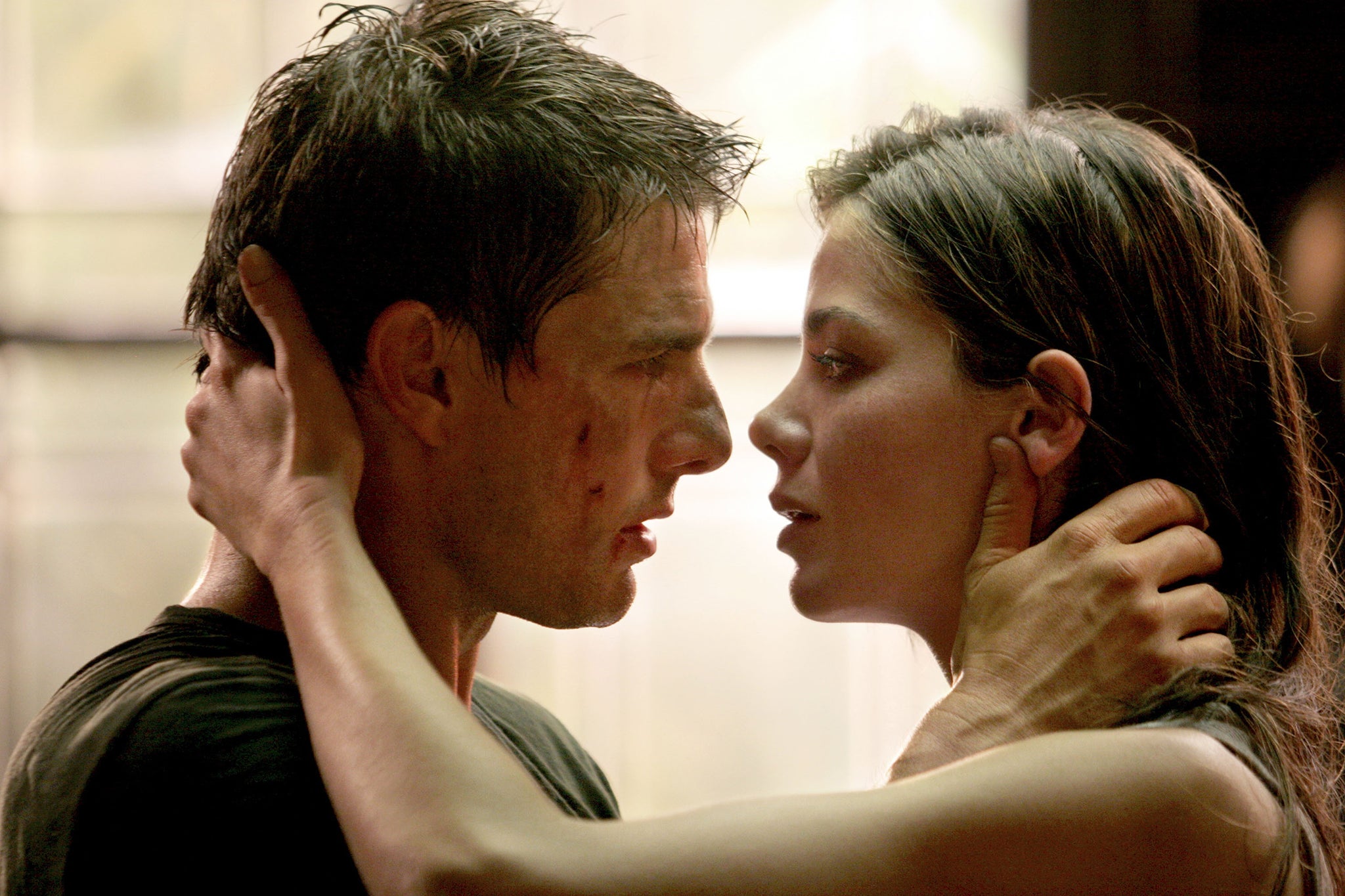
David Fincher wasn’t the only filmmaker who chose, ultimately, not to accept the mission to direct M:I III. In between Fincher and the movie’s eventual director JJ Abrams, Joe Carnahan stepped in momentarily. Carnahan wanted to make a more low-key film than the blockbuster the studio bosses had in mind. He hated the script they forced on him, calling it “bad and uninspiring”. The film kept stalling until Carnahan ultimately walked away. “When I left that film, there was something like $38m against it and we had done two camera tests,” he later said. “I didn’t want to spend another year making that film.” Some of Carnahan’s elements survived in the finished movie, though.
7. Ben Affleck – The Batman (2022)
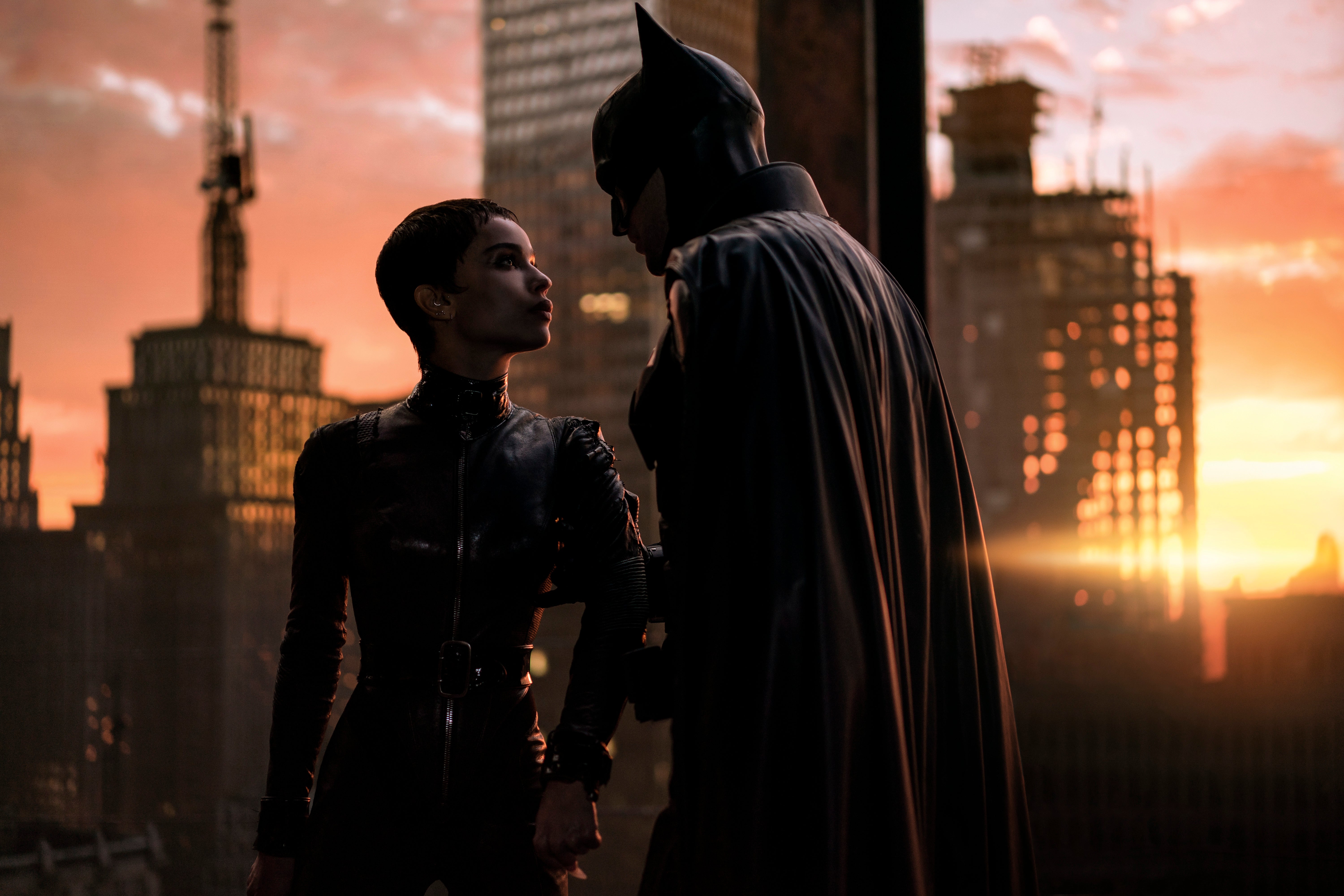
Matt Reeves’s reboot began as a standalone film within Zack Snyder’s Justice League-verse, set to be directed by Bruce Wayne himself, Ben Affleck. The story was set in Arkham Asylum, with Batman having to face a slew of supervillains. But Affleck stepped down as director, driven partly by the awful experience of making Justice League: “I looked at it and thought, ‘I’m not going to be happy doing this. The person who does this should love it.’” With Warner Bros rethinking the DCEU after several critical duds, Reeves came on as director, and the film was recalibrated with a new script and Robert Pattinson replacing Affleck beneath the cowl.
6. Rick Famuyiwa – The Flash (2023)
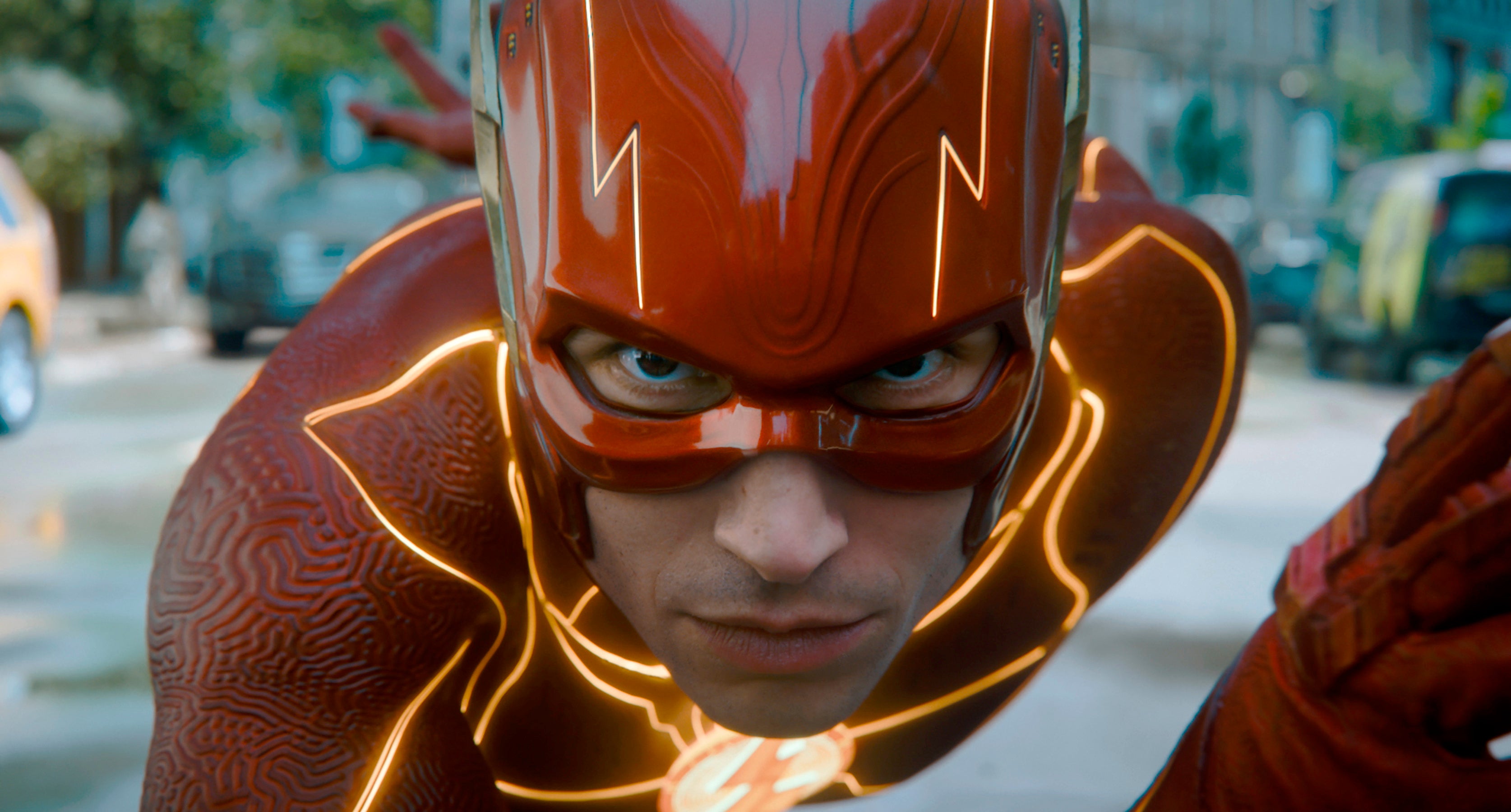
The Ezra Miller-starring superhero project was ironically slow to reach screens. At one stage it was set to be helmed by Dope writer-director Famuyiwa, who took over from Seth Grahame-Smith. After several months of pre-production, storyboarding and casting, however, Famuyiwa also passed in October 2016. In a diplomatic statement, he said it was “disappointing that we couldn’t come together creatively on the project”. His departure delayed the movie, which also came at the same time as The Batman, when the DCEU was in flux and Warner Bros was trying to get a handle on its superhero output. It was another seven years before The Flash arrived in a shadow of controversy due to a string of incidents involving its lead star.
5. Jonathan Lawrence – Empires of the Deep (2011)
You probably haven’t heard of this film. That’s because the would-be blockbuster – about a war between mermaids and demons – remains unreleased. It was conceived and financed by Jon Jiang, a Chinese cinephile tycoon, to rival Hollywood productions, with a supposed budget of $100m. (According to Lawrence, that figure was pure hype.) The production was blighted by money issues, culture clashes, and difficulties between the director and Jiang, who wouldn’t budge on creative decisions and withheld an actor’s passport, forcing Lawrence to help smuggle them out of the country. Lawrence left before the film was finished. Other directors joined, but the film itself never surfaced.
4. Patty Jenkins – Thor: The Dark World (2013)
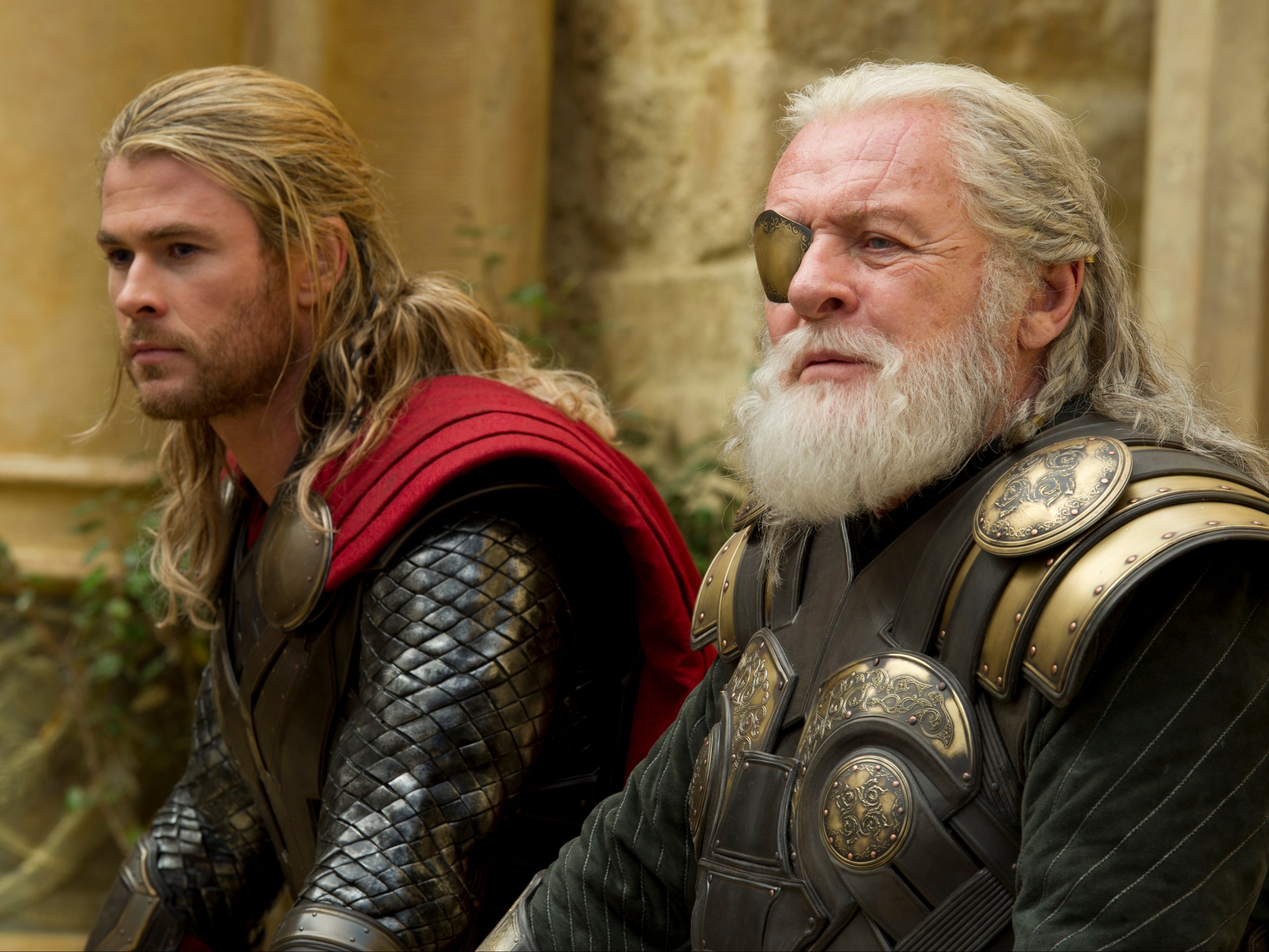
Back when Marvel was still searching to find its first female director, Patty Jenkins (director of the acclaimed Monster) was hired to take the helm of the second Thor movie. But Jenkins – who went on to make Wonder Woman for a rival superhero universe – lasted just a few months into development, with Marvel claiming what else but “creative differences”. Jenkins later told BuzzFeed that she’d wanted to make the film a Romeo and Juliet-type story that would have seen Chris Hemsworth’s Norse god forbidden from visiting Natalie Portman’s Jane Foster, with the lovers separated by worlds. Jenkins later admitted: “I don’t think I was the right person to make a great Thor out of the story they wanted to do.”
3. Guillermo del Toro – The Hobbit (2012-2014)
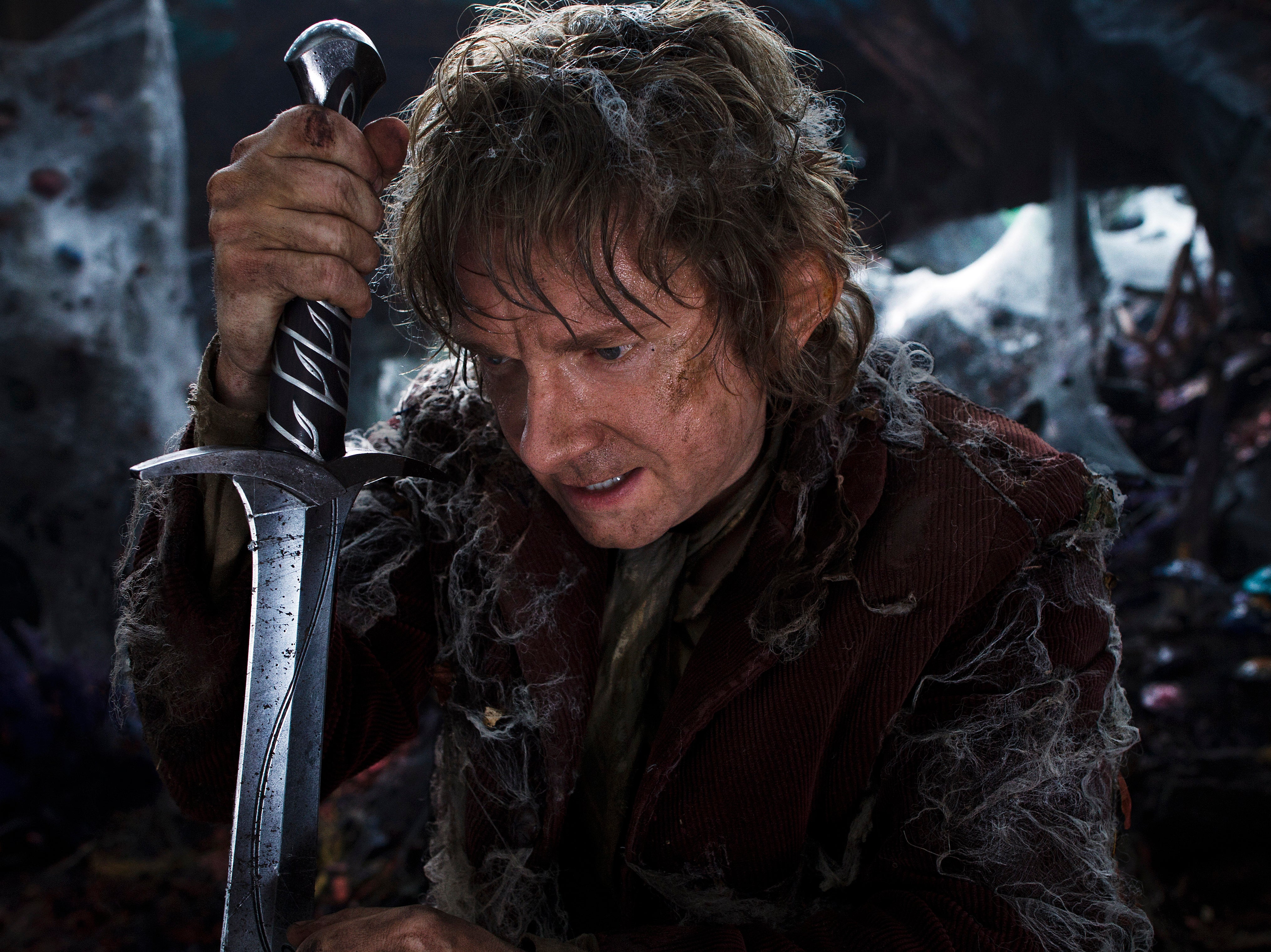
After The Lord of the Rings trilogy, did the world – or Middle-earth – really need another three Tolkien epics milked from a single 300-page novel? Probably not. Though an alternative two-film version from the fantastical mind of Guillermo del Toro does sound more interesting. The Mexican filmmaker developed scripts and started pre-production (with Peter Jackson as producer), completing significant work designing the characters, creatures, and sets. The movie stalled because of financial problems within MGM, which forced Del Toro to bow out. Peter Jackson stepped in to direct his second Tolkien trilogy, with Martin Freeman starring as Bilbo Baggins.
2. Darren Aronofsky – The Wolverine (2013)

It’s one of the more interesting pairings on this list: Hugh Jackman’s Wolverine, the adamantium-clawed X-Men hard-nut, and Aronofsky, the director of un-Hollywood-like films that range from psychological (Pi) to pretentious (The Fountain) and terrifying (Requiem for a Dream). “There’s going to be some meat on the bones,” said Jackman about Aronofsky’s version. Sadly, we’ll never know. Aronofsky departed the production in March 2011 when he realised he’d need to be out of the country for a year. “I was not comfortable being away from my family for that length of time,” he said. It’s safe to assume his vision for Wolvie 2 would have been different from the bland spin-off that it ultimately became.
1. Chris Miller and Phil Lord – Solo: A Star Wars Story (2018)
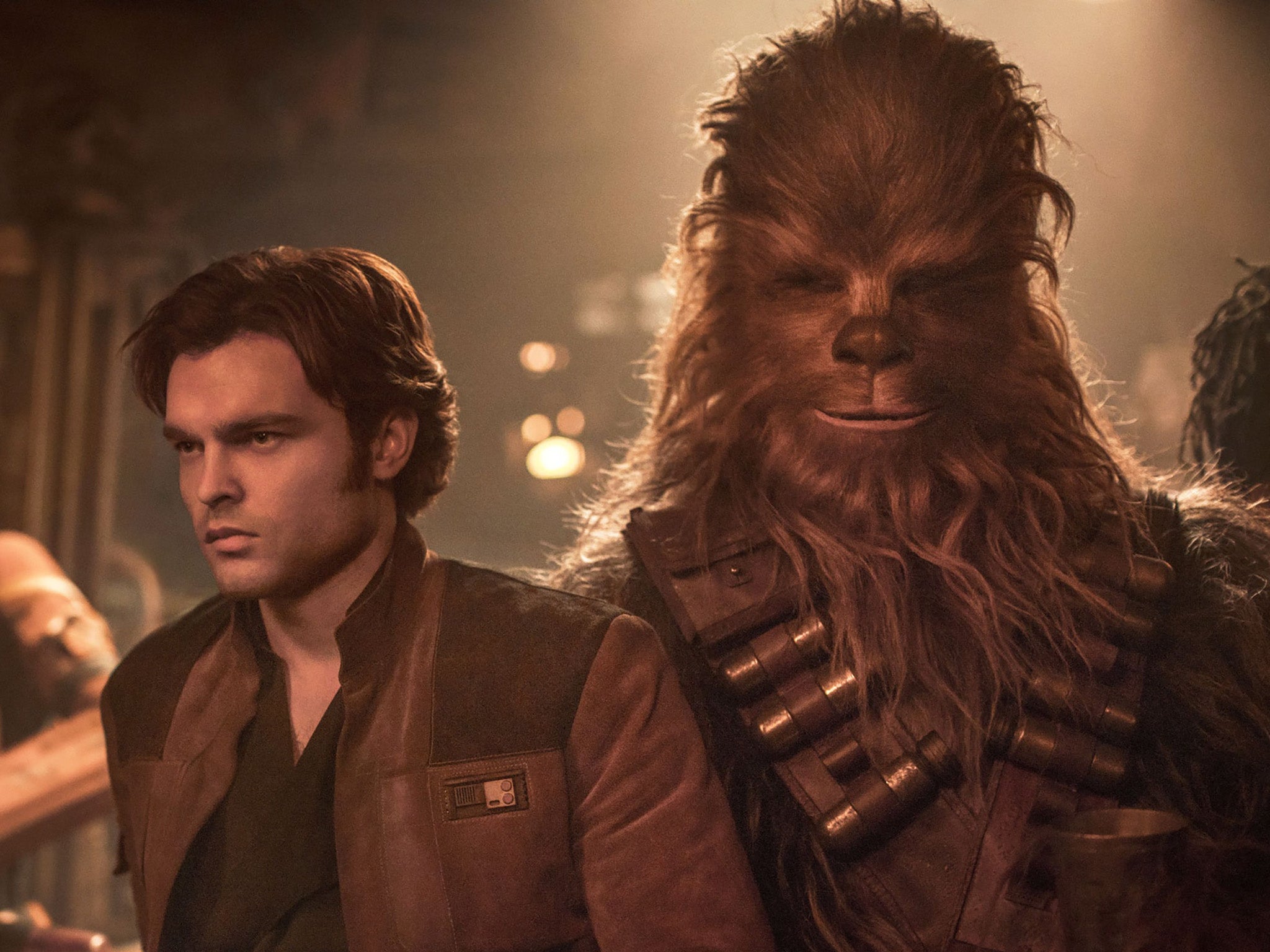
This was more of a firing than a walkout, though an official (and transparently diplomatic) statement suggested there was some mutual agreement involved when the directing duo exited the movie with just weeks left of filming. “Unfortunately, our vision and process weren’t aligned with our partners on this project,” said Lord and Miller. “We normally aren’t fans of the phrase ‘creative differences’ but for once this cliché is true.” Reports said that Lucasfilm producers were unhappy with their improv-heavy comedy approach, and lack of experience when it came to camera set-ups. They were also rumoured to have butted heads with writer Lawrence Kasdan, who wanted his script shot word-for-word. Ron Howard stepped in to finish the film.
